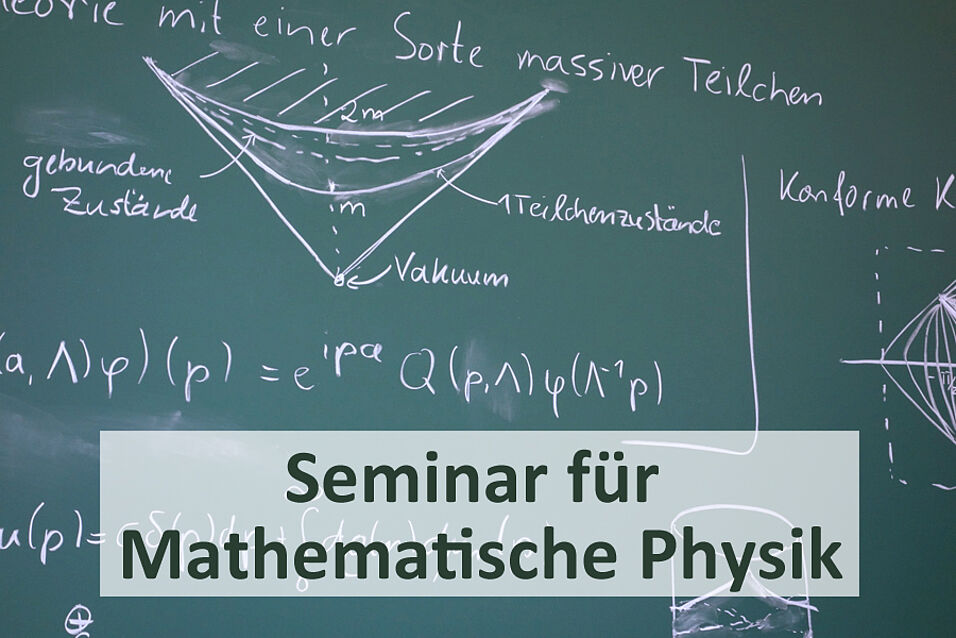Supersymmetric theories with 8 supercharges in dimensions 3 through 6 have a large moduli space of vacua, and the Higgs branches are one of the most significant parts of this space. These (singular) hyper-Kahler spaces can be characterised by a combinatorial object known as the magnetic quiver. By using this technique, we can fully encode the Higgs branch geometry for both the low energy effective description and the strongly coupled conformal fixed point.
Here, I present the decay and fission algorithm for unitary magnetic quivers. It efficiently derives complete phase diagrams (Hasse diagrams) through convex linear algebra.It allows magnetic quivers to undergo decay or fission, reflecting Higgs branch RG-flows in the theory.
In this talk, I will discuss this construction in the context of 5d and 6d theories. Based on arXiv:2312.05304 and 2401.08757 with A. Bourget and Z. Zhong.
Marcus Sperling (Vienna): Higgs Branch RG-flows — Decay and Fission of Magnetic Quivers
Location:
Related Files
- Sperling_07_May_2024.pdf 208 KB

